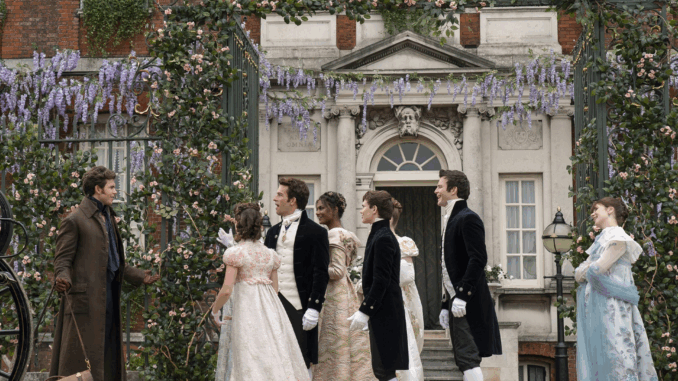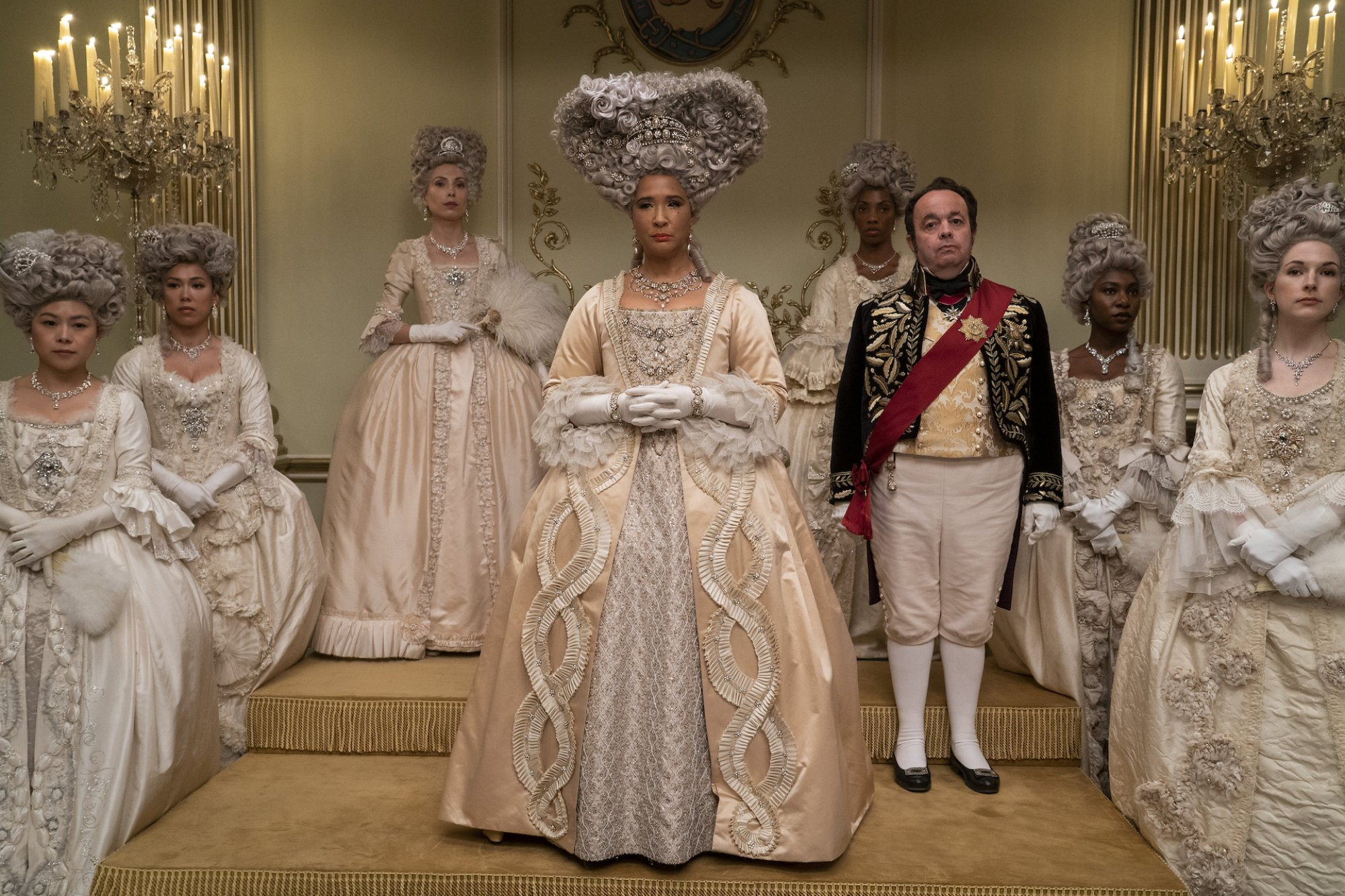
Though Bridgerton feels like a fantasy world, the majority of its stunning locations are real historical sites across England. These grand estates and lavish interiors give the show its regal authenticity while offering unexpected connections to real history.
One fun fact is that the Bridgerton family home is filmed primarily at Ranger’s House, a Georgian villa located in Greenwich. Its iconic stone façade provided the perfect backdrop for the refined, aristocratic Bridgertons. However, the interiors seen on the show are filmed on sound stages, meticulously designed to match the family’s signature blue-and-white color palette.
The Featherington estate, on the other hand, uses No. 1 Royal Crescent in Bath as its exterior. The interior set design intentionally contrasts with the Bridgertons—bright colors, ornate patterns, and extravagant decor—to reflect Lady Featherington’s constant attempts to outshine her rivals.
 The Queen’s palace scenes are filmed in multiple real royal sites, including Hampton Court Palace. The palace’s vast halls and baroque gardens perfectly match the Queen’s extravagant personality. Additional ballroom scenes are shot at Wilton House, a location famous for appearing in other period dramas like The Crown.
The Queen’s palace scenes are filmed in multiple real royal sites, including Hampton Court Palace. The palace’s vast halls and baroque gardens perfectly match the Queen’s extravagant personality. Additional ballroom scenes are shot at Wilton House, a location famous for appearing in other period dramas like The Crown.
Interestingly, the show also uses several modern buildings disguised as period-era structures. For example, many scenes in London’s high society areas were filmed in Bath, which preserved more Georgian architecture than London itself.
Another surprising detail: some interior sets were built twice. Because of camera angles and logistical needs, the production team created mirrored versions of certain ballrooms so that lighting could be controlled from either side.
Real historical artifacts appear throughout the series as well. Set designers borrowed furniture, paintings, and chandeliers from museums and private collections. These items required strict security and handling protocols, especially during dance scenes.
Even the carriages used in the show are historically accurate. Many are restored antiques rented from collectors, while others were built specifically for the production using historical blueprints.
Ultimately, Bridgerton succeeds because it grounds its fantasy in real-world grandeur, blending authenticity with theatrical flair. The locations are not just backdrops—they’re characters in their own right, shaping the world of the ton.
